Relics of power! … Artifacts of renown! … Weapons of the gods! … Today, we uncover the mystical art of homebrewing magic items for Dungeons and Dragons!
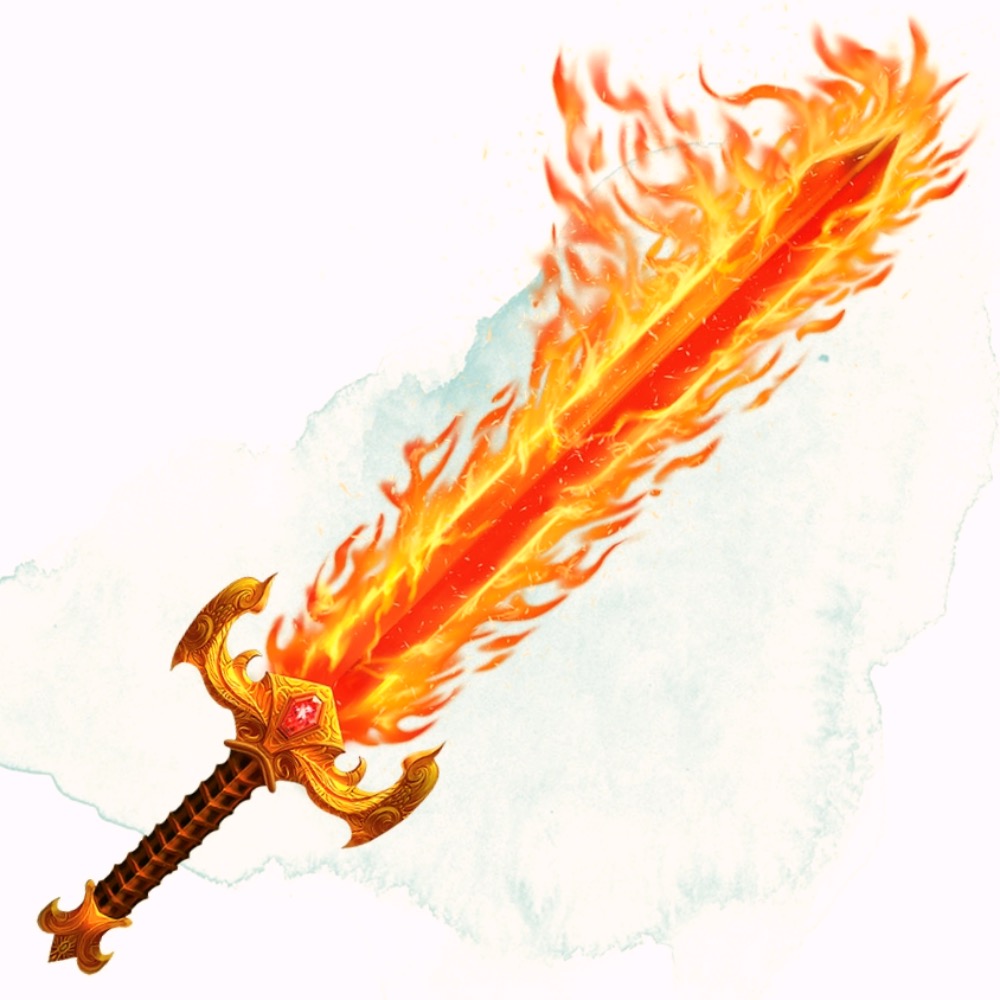
There’s no one way to run a table-top RPG like Dungeons and Dragons. Many people prefer to keep their experience as close to the books and the lore as possible. Others see DnD as a toolkit to build their own worlds, fill it with their own lore, create quests catered to the land and its characters, and build their own encounters. Some will go as far as rebuilding the combat system, and developing all new mechanics that can run in the game.
If you are like me, you are a heavy homebrewer of the game. Handcrafted worlds with stories unique to the setting are totally my bread and butter. Doing this also opens the door to hundreds of questions on how to customize not just the role play experience, but the game itself, its items included.
For instance, the game provides players plenty of options for character growth, from classes and subclasses to skills, feats, and spells. The game provides some more customization by granting the option of multi-classing with another class. However, what if you want to enable characters to learn new skills and ideas without the heavy experience investment?
What if, for instance, a traveler in foreign lands wishes to speak Undercommon, despite not knowing the language and not having the intelligence to be fluent? Perhaps the book itself is sentient with a yearning to teach?
What if a selection of potions, foods, or other magical consumable craftables were available at the turn of a page, provided you had the proper book to guide you?
All of these are simple examples, but their answers provide a broader range of possibilities. Today, we’ll be asking a bunch of these questions, and see how we can improve the art of homebrewing magic items for Dungeons and Dragons!

Homebrewing vs. Balance: A Disclaimer
The art of homebrewing is as storied as the lore itself. This fact is even reflected in the all of the custom loot and items characters can discover, provided their Dungeon Master did the work of finding them on the internet or creating them. Sometimes, those items can be exceptional in nature, housing potent magical properties, and either hindering or enhancing a characters own power.
Sure, the Dungeon Masters Guide hosts a sizeable assortment of enhanced weapons, equipment, and trinkets. Yet, there is something unique about a DM and game host presenting their table with their own hot-button items; discovering them in deep dark crypts, or offered for a considerable deal by renown and shady vendors alike.
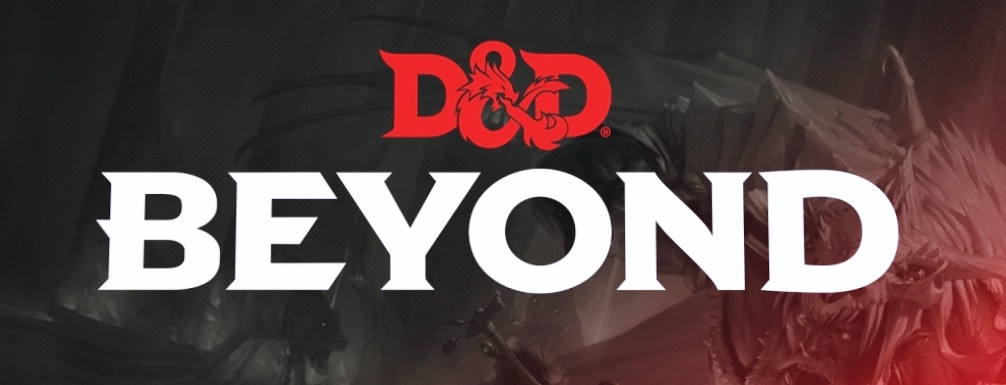
Many sites on the internet deal in near countless ideas for magic items, ready for picking by Dungeon Masters to be added to their games. DnDBeyond has an entire database of submitted homebrew items, ranked by the community. Niche blogs, wikis, and Reddit contains posts with long lists, as well as discussion on their viability and balancing. Even Pinterest can be leveraged to seek and review these items for yourself.
At some point, however, you may be compelled to make your own. The best items, and way of doing so is dependent on what kind of game you want to run, and what you feel is most appropriate for the players at your table.
A word of caution; with great power comes great responsibility (and great cliché).
Be too careless, and items may break the game you had planned. Be too cautious, and you might make them too obscure or not useful compared to their more straightforward counterparts.
Let’s start throwing down some ideas and methods you can employ as you fire up the forge and begin tempering your steel. These insights are not the make-all, not by far. Consider this a companion piece to your process of creating and homebrewing items for your players.

1) Ask the Big Questions, and Work Backwards
Like most things in Dungeons and Dragons, items are a representation of function, not just style. Its normal for the inspiration of an item to be based off something we’ve seen in pop culture or literature, as that’s where a metric ton of our ideas come from. However, zeroing in on the essentials is important before building the item out into something truly awesome!
The devil is in the details. Chances are, what makes the item awesome exists somewhere in those details. So, lets ask the basics:
- What use does this item serve?
- Whether its a combat item, consumable, utility item, or something required for a set of mechanics, roleplaying games are full of conflict and obstacles. Any useful item all comes down to how effective they are at handling that obstacle.
- How is it unique?
- There is a treasure trove of weapons, armors, potions, trinkets, wonderous items, and whatnot that exists within the published books, and across the internet as homebrew items. In terms of your game, your campaign, your story, and the characters, what sets it apart from others? It could be mechanical, aesthetic, and/or lore-based; as long as its unique.
- What are this items powers?
- As mentioned before, all items should be useful. Sometimes, its use is based upon how well it accomplishes its goal compared to others like it. If so, what power does it have that others don’t? Is it more powerful, or less? How so?
- What are this items limitations?
- The usefulness and power of an item defines its capabilities. What about its limitations? Often times, magic items are more interesting for the fact that they can only be used in certain circumstances, or under certain conditions. Does your item have similar? Is there a cost for use, aside from just gold? How might that limitation complicate things, or make things more interesting?
- Does it make sense for my table?
- Every game of Dungeons and Dragons is different, even if it’s a published module. That is because the players and characters are going to be unique. As a Dungeon Master, you get to witness who those people are and what their hopes and goals are while playing the game. Why not factor that into your item building as well?
- Does it make sense for my campaign?
- Like the players and characters, the campaign will also be unique. The direction of the game will be based upon your expectation as a DM, and everyones decisions at the table. Therefore, how does your item adapt to those decisions? How might you change it to fit the kind of game you’re trying to run, and that your players are trying to play in?
- How might this item be used (or abused) in game?
- Its good to think about scenarios where that item could be misused. Its precisely why game developers do testing before running a game. You might not need to do extensive testing, but you might want to put down a couple of possibilities on how it might be abused, as a cautionary measure. As the old adage says: “If you give a mouse a cookie, they’ll want a glass of milk”.
- What promise am I making by creating and presenting this item?
- Yes, actually. Whether you acknowledge it or not, a dungeon master is a dealer in promises as much as they are a dealer in storied worlds. Consider “Chekhovs Gun“, a concept in storytelling that says “if the audience is shown a gun above the mantle, it must be fired by the end of the story”. … Granted this doesnt literally mean “the item has to be used”. It means that even the smallest details contribute to the overall narrative of the story you are telling. Consider the risk and promises made by showing your players the item in question. Even if that item doesnt end up being used by them, its appearance sets a tone for what they may expect in the future.
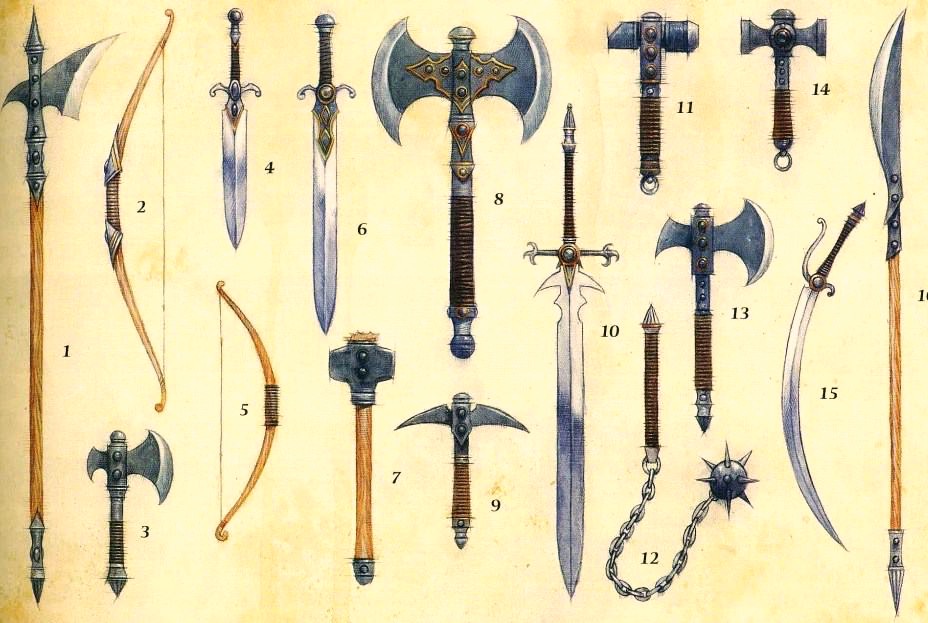
2) Variety is the Spice of Life
Granted, uniqueness isn’t everything. Sometimes, providing a different flavor of a known concept is just what’s needed in your campaign. Theres totally nothing wrong with taking an item that you like, and filling in the blanks on the many different ways you can re-hash, re-skin, or re-tier it for your players enjoyment
I say this because one criticism I’ve had for years about magic items in Dungeons and Dragons is the lack of variety, especially options at lower levels. There’s just so many ways to tweak a known consumable or attunable item.
For instance, Alchemist Fire is a fun non-magical gear item, but what about something more powerful? Why doesn’t it come in different elements (ice, acid, lightning, force, radiant, etc.)? What about a small hextech or magitech cannon that propels them farther than thrown distance, and adds an extra mod to the direct hit damage?
Immovable rods are extremely coveted and sought after. One of the most overpowered item for how meddlesome it can be to physics itself. But think about it; How come the wizard or artificer who created it didn’t have less effective prototypes, or lighter versions built? Perhaps there are some with a much lower weight limit, a lower DC to move with Strength, and/or a time limit before it deactivates and must be used only once a day? Perhaps there is a disposable, consumable version rather than something that’s a permanent fixture in the prime material plane?
And hell! Why isn’t there a larger pool of common or uncommon magic weapons available in the inventory of travelling merchants; something to set their more powerful counterparts apart? What about the lack of simple handaxes with returning? Where are all of the gunblades? Swiss army weapons that double as tools? Why are there no Guiding Bolt stones, marked with runes that cast guiding bolt when thrown, and are useless afterward? Lets not mention the variety of bows that change the arrows to a specific damage type; one that isn’t just fire.
It is a powerful expression in-game is to give your characters options, even if some of those options seem similar at first glance. When designing a magic item, consider how it compares with something else in its class. How it is different while still being familiar? Identifying the gaps between what is known can make for some easy magic item ideas to add to your game.

3) Find Balanced Inspiration
One big problem you might run into if you’re timid about stats is just what hit and damage numbers they should be, and what abilities they should have. Everyone, at some point, will be confronted with the question of what exactly the item does logically or mathematically to the game.
If you are cautious about giving your characters either super powerful, or super useless items, then your best bet is to seek out items that already exist in its class. Theres absolutely nothing wrong with building your homebrew Holy armor off of Living Armor as a template (though it is quite the clingy celestial concept!).
This is where I see the published Dungeons and Dragons books as invaluable, even as an obsessive homebrewer. The fact is, through the crowdsourcing of the games developers and its homebrewing fans across the world, the optimal stats for items of a specific rarity or appropriate character level have been more or less figured out across a wide selection of already existing content.
Consider comparing the stats, numbers, and effects against other items of its type. This is where it is good to review homebrew items of others peoples creation as a consensus of what the community agrees is plausible.
However, you don’t only have other items to compare to, because (and this is a hot tip!) there are other entities in the game that have super cool abilities which can make for interesting magic items.
I’m talking about monster features and abilities!
Do me a favor and open your Monster Manual, Modenkainens Tome of Foes, Volos Guide to Monsters, or any other published book or module WOTC or otherwise. Under each of the creatures therein, exists a unique set of abilities and features that can be mixed and matched into countless homebrew variants, not to mention extracted altogether to become a central feature to a magic item that your characters might discover in the depths of its lair!
Grab inspiration from spells! Imagine how different a weapon would be if a successful strike caused a spell effect which the target had to roll a saving throw for?… Sleeping Daggers? … Flail of Fear? .. Hunters Mark Crossbow? … Or maybe you want that gauntlet of yours to roll a d20 and trigger a Shield charge if successful.
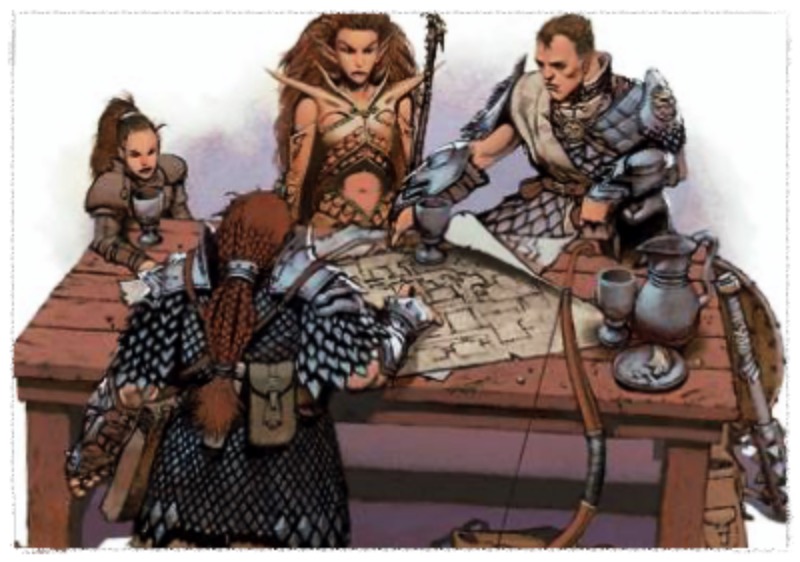
4) Cater to the Table
One way or the other, the homebrew you create will be experienced by two groups; yourself as the Dungeon Master, and your players.
Sure, you might have goals to create for a community you might belong to, or for distribution if you’re trying to build a brand for yourself. However, all homebrew is intended to be played in a game, and its usefulness and fit in any game depends on the DM and the party at large.
All tables are different. The high-fantasy epic being told at one table, with its deep Tolkienesque influences, may be the perfect place for elven-crafted armours with deep lore. The table who prefers inner-city intrigue will likely favor items that assist in their subterfuge, like a cloak of shadows. The table running a horror campaign might be in serious need of protective or restorative items that can stave off curses and madness.
All players are different. Some enjoy the game for the combat as a competition to win. Some enjoy the combat only as a device for telling a story about their characters martial prowess and their cohesion as a team. Some could do away with combat altogether and focus on the social and roleplay aspects. Some love playing for the sake of finding really cool things during their exploration of dungeons and caverns.
All characters are different. Perhaps the cleric is someone who enjoys flails over maces as an aesthetic choice. The fighter of the party, an expert marksman with longbows, always seems to attempt strikes upon monsters just out of its base range. The wizard is a collector of rare books, their backstory being a librarian, and is a bit perturbed that the party lacks someone who is good at picking locks and feels a need to alleviate that issue through a magic item that doesn’t drain a spell slot each time they have to cast Knock.
In all of these situation, certain specialized items can fill in the gap and help your players get the most out of the game.
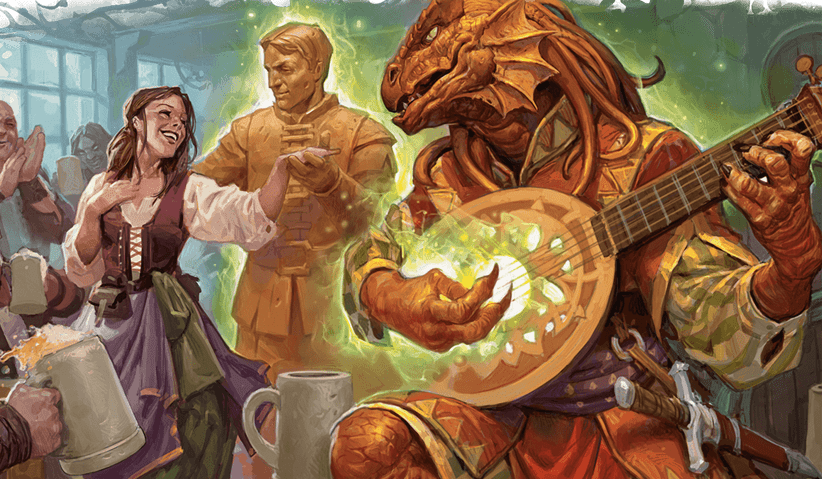
5) Presentation is Key
Say that you have a party which is obsessed with combat and wanting to feel larger-than-life during those fights. You might be tempted to dole that out in the form of greater damange and heavier modifiers. If its appropriate for a situation, you could justify it, as long as you understand that anything given to players will be used in unintentioned ways (and perhaps in ways that might complicate your game).
However, numbers are just that; numbers. They’re a logical representation of a mechanic, but they don’t have any personality on their own. They don’t have flair or feeling.
To those DM’s with parties who like powerful items, its key to remember that stats are not everything. If they were, then you may as well play a number-centric video game without a live host telling the story.
Most players come to the table for an experience; something that makes them feel something from their actions. Therefore, supplementing an increase in power with an epic description of the blows done with the weapon will please the table and make them feel powerful.
Perhaps its less about combat, and more about immersion into a compelling world of your design. There’s some thrill in finding a Sword +3 with added Fire Damage. However, imagine how much more thrill there is at the table when…
…your sleekly dressed rogue hears the click as she finishes picking the lock, the room silent as she takes a deep breath to open the fine, silver-banded chest she discovered at the end of the long, mossy hallway in these ancient ruins. Upon its lid rising open, a chomatic glint can be seen as the blade smiles back at her, its ornate hilt forged to resemble a fiery whirlwind which rises and wraps around a crimson gem baring the scored symbol of the fabled dragon-slaying order. As pensive hands grasp it, a warm tingle washes over her forearm as she brings it out into the light, its surface untarnished and unrusted despite centuries of storage. As she swings it around, a flame follows its arcs across the air, in the shape of a blazing dragons tail, a vibrating felt in her hand giving the impression of a flaming heartbeat that rises and falls with each swing.
Physical descriptions matter, and so does the presentation. It can greatly enhance the experience of using your magic item, and increase its value to immersed players. Take a deep dive into the item from an immersed player perspective. What defines it materials, construction, appearance, look, feel, and story relevance?…
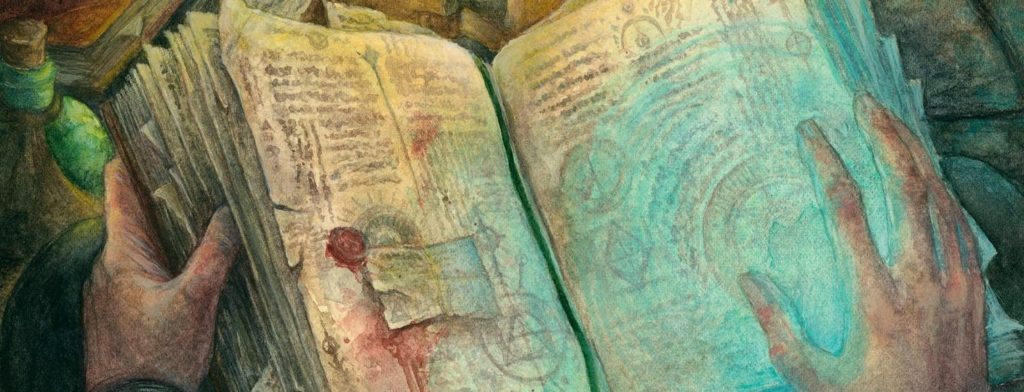
6) The Cost of Power
Assuming your world has an economy of some fashion, you’ll want to consider that most items short of Rare (or Legendary) will be found in someones possession, and will go for a specific gold cost. If you’re in favor of a world with a variety of magic items, a market for them will reasonably exist. For those who want a better idea of what certain items should cost, I’d recommend comparing it to what the books say for similar items. Even better, check out the Sane Magical Prices chart (may want to Google it as there is not a static URL) and compare your item accordingly
Yet, that might not be enough of a limitation. A world where its people can get a significant boost in power by possessing a special object would likely be a broken world if limitations did not exist. Acquiring a blade built from ore only found in the Nine Hells will not be as simple as the cost of gold. In true devilish fashion, its true cost may be in the fine print.
There are a lions share of options. Material costs to create, use, or maintain the item. Madness that is risked by using the item. A curse that complicates the characters goals with the item. Perhaps a price of a sacrifice, whether it be of ones body, mind, spirit, or … in classic horror fashion… the blood of someone else.
Costs don’t need to be immediate, either. The lore of the item informs the place in a culture it lives in, and in what way it is sought after or coveted. It tells us where it will be found, how well it will be guarded, by what methods, and how groups of people will react to seeing it in your possession. A famous artifact could have a hidden quest the players know nothing about. A hidden cost.
For instance, …
… a mastercraft piece of armor lost to time enters into your equipment. Travelling to the next kingdom over, you notice old paintings of a famous king bearing armor with an uncanny resemblance to yours. The aristocrats and higher soldiery recognize it, and you are soon approached.
What happens from this point could be anything, but lets say that…
… the new king, a descendant of the old king and a spoiled brat, tries to barter for the armor with a petty reward. When denied, they attempt to coerce your party by force. Even more intriguing, favorable reputation with this kings mother is a huge priority to complete a current quest. Therefore, your companions are given a difficult, but meaningful choice; peace and her favor, or become the target of a king.
Pairing a homebrew item with a mandatory quest or complication is a unique way to provide a cost to your item, and stands to become something that is weaved into the story, rather than a stand-alone item of chance.
Of course, the greatest magic is really just the friends we made along the way!
If you made it this far, then thank you, friend! =) I appreciate your support!
Come check out some of these other great articles by yours truly!
- Axolotls, Genies, and Kaiju; a Quick TTRPG Zine Roundup #2 - May 19, 2025
- d100 City Encounters and Urban Sidequests - April 26, 2025
- Dirtbags! a Sci-Fi Shooter RPG: Gameplay Review! - March 23, 2025


